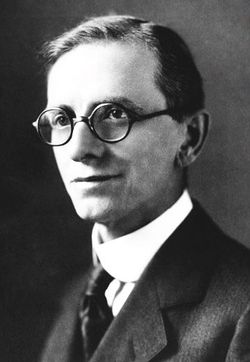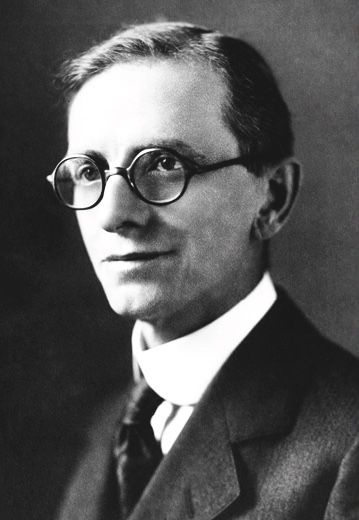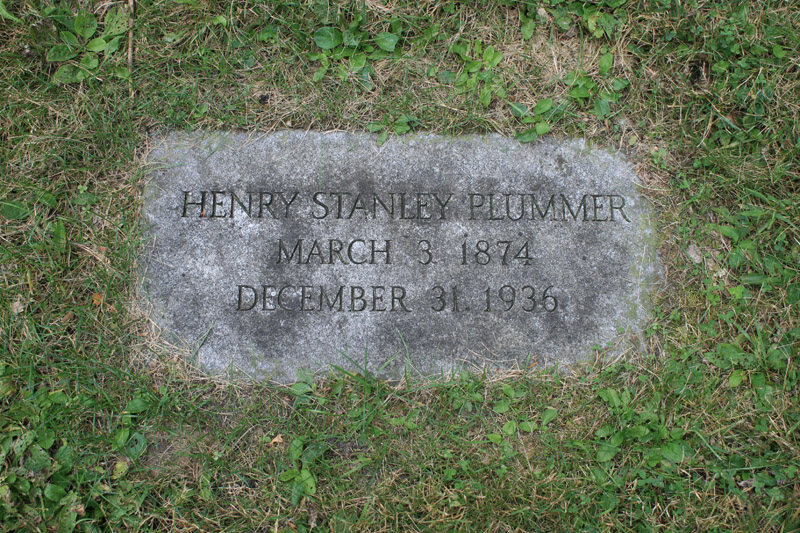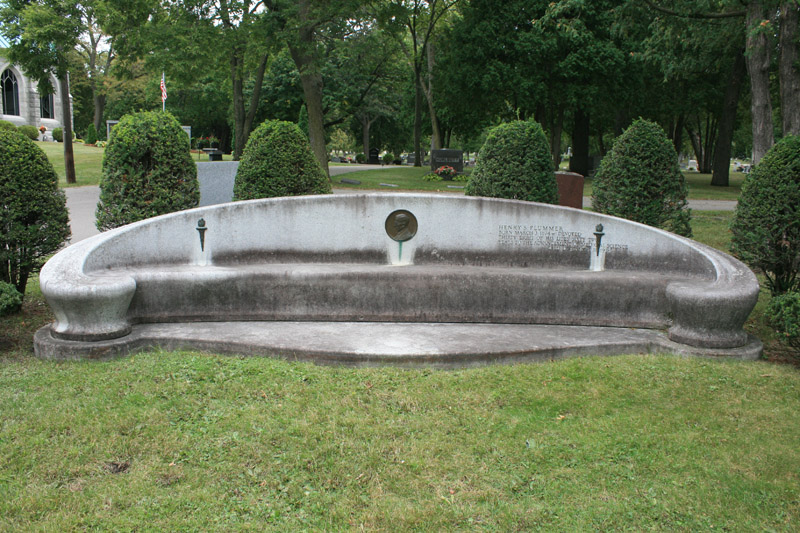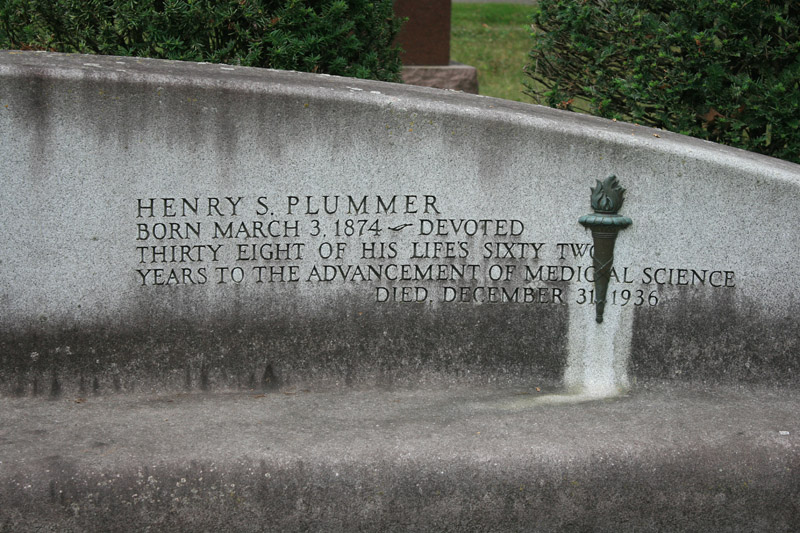In 1900, Dr. Albert Plummer asked Dr. William J. Mayo to consult on a patient. When Dr. Mayo arrived, Dr. Albert was ill and sent his son along instead. The two men discussed blood diseases and young Dr. Plummer later used his microscope to show Dr. Mayo the difference between blood from a healthy person and that from the patient, who was diagnosed with leukemia.
Soon after, the Mayo brothers asked young Dr. Henry Plummer to join their clinic. Dr. William Mayo once said that hiring Dr. Plummer was the best day's work he had ever done.
(Dr. William Albert Plummer, Henry's younger brother, eventually joined the Mayo practice as well.)
On October 6, 1904, Dr. Henry Plummer married Daisy Louise Berkman, daughter of the Mayo brother's sister Gertrude Mayo Berkman. Henry and Daisy adopted two children, Robert and Gertrude.
In 1917 the Plummers began working with the architectural firm of Ellerbe & Round to design a home. The house would include several innovations, including a central vacuum, built-in communications system, underground sprinklers, and the first gas furnace in the city. By the time it was finished in 1924, the Plummers had collected pieces for the house from their travels around the world.
In addition to being a pioneer in the treatment of thyroid disorders, X-ray diagnosis, and several other medical specialties, Dr. Plummer also:
- Created the first example of the modern (indexed) patient medical record (Instead of recording patient visits in different ledgers depending on which office they visited, his system gave the patient a unique ID and collected each individual patient's information into a unique folder.)
- Invented the pneumatic tube system to transfer medical records from the central storage area to a specific office.
- Designed a communication system between exam rooms based on a combination of telephone and telegraph.
- Urged the Mayo brothers to establish research and diagnostic laboratories.
- Designed several buildings, including the Plummer building in downtown Rochester which features a power plan, subway, and the pneumatic tube and telephone systems.
Dr. Henry Plummer died December 31, 1936.
Daisy Plummer and members of the family continued to live at the family home until 1969, when it was given to the Rochester Art Center. A few years later the house and 11 acres of land passed to the City of Rochester. The grounds are open to the public year 'round, and the house is available for event rental. Many of the original furnishings remain, and the large gathering room Daisy Plummer designed for her musical events remains a favorite for weddings and celebrations.
In 1900, Dr. Albert Plummer asked Dr. William J. Mayo to consult on a patient. When Dr. Mayo arrived, Dr. Albert was ill and sent his son along instead. The two men discussed blood diseases and young Dr. Plummer later used his microscope to show Dr. Mayo the difference between blood from a healthy person and that from the patient, who was diagnosed with leukemia.
Soon after, the Mayo brothers asked young Dr. Henry Plummer to join their clinic. Dr. William Mayo once said that hiring Dr. Plummer was the best day's work he had ever done.
(Dr. William Albert Plummer, Henry's younger brother, eventually joined the Mayo practice as well.)
On October 6, 1904, Dr. Henry Plummer married Daisy Louise Berkman, daughter of the Mayo brother's sister Gertrude Mayo Berkman. Henry and Daisy adopted two children, Robert and Gertrude.
In 1917 the Plummers began working with the architectural firm of Ellerbe & Round to design a home. The house would include several innovations, including a central vacuum, built-in communications system, underground sprinklers, and the first gas furnace in the city. By the time it was finished in 1924, the Plummers had collected pieces for the house from their travels around the world.
In addition to being a pioneer in the treatment of thyroid disorders, X-ray diagnosis, and several other medical specialties, Dr. Plummer also:
- Created the first example of the modern (indexed) patient medical record (Instead of recording patient visits in different ledgers depending on which office they visited, his system gave the patient a unique ID and collected each individual patient's information into a unique folder.)
- Invented the pneumatic tube system to transfer medical records from the central storage area to a specific office.
- Designed a communication system between exam rooms based on a combination of telephone and telegraph.
- Urged the Mayo brothers to establish research and diagnostic laboratories.
- Designed several buildings, including the Plummer building in downtown Rochester which features a power plan, subway, and the pneumatic tube and telephone systems.
Dr. Henry Plummer died December 31, 1936.
Daisy Plummer and members of the family continued to live at the family home until 1969, when it was given to the Rochester Art Center. A few years later the house and 11 acres of land passed to the City of Rochester. The grounds are open to the public year 'round, and the house is available for event rental. Many of the original furnishings remain, and the large gathering room Daisy Plummer designed for her musical events remains a favorite for weddings and celebrations.
Family Members
Sponsored by Ancestry
Advertisement
Advertisement
